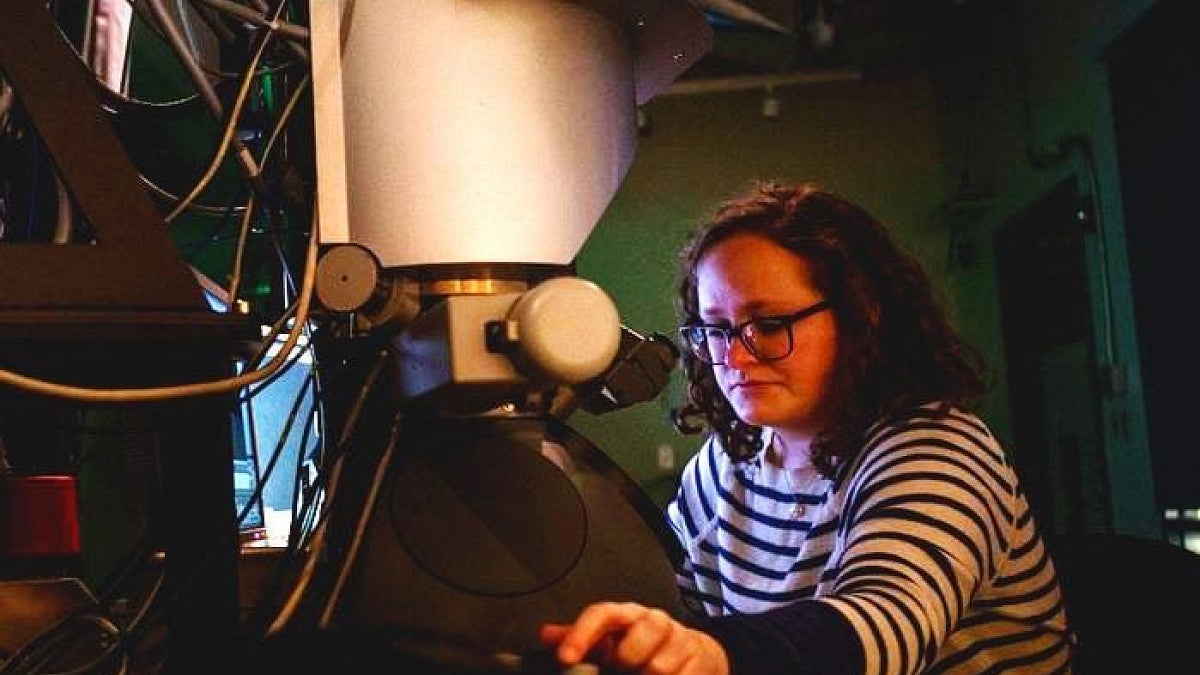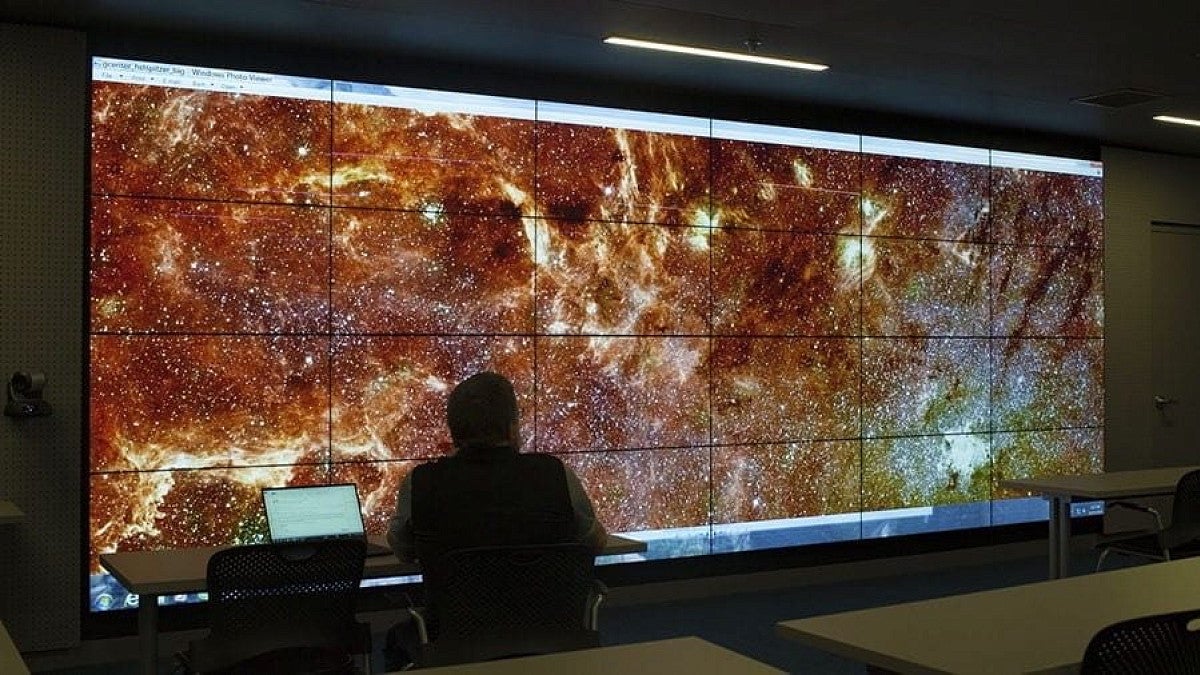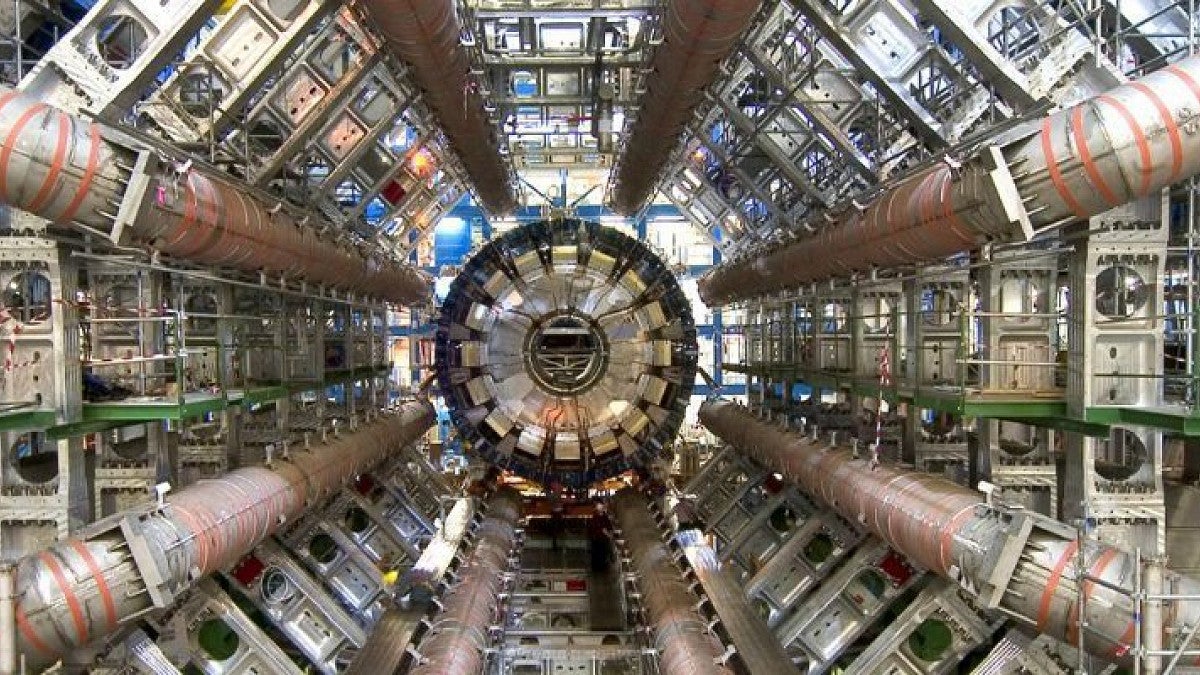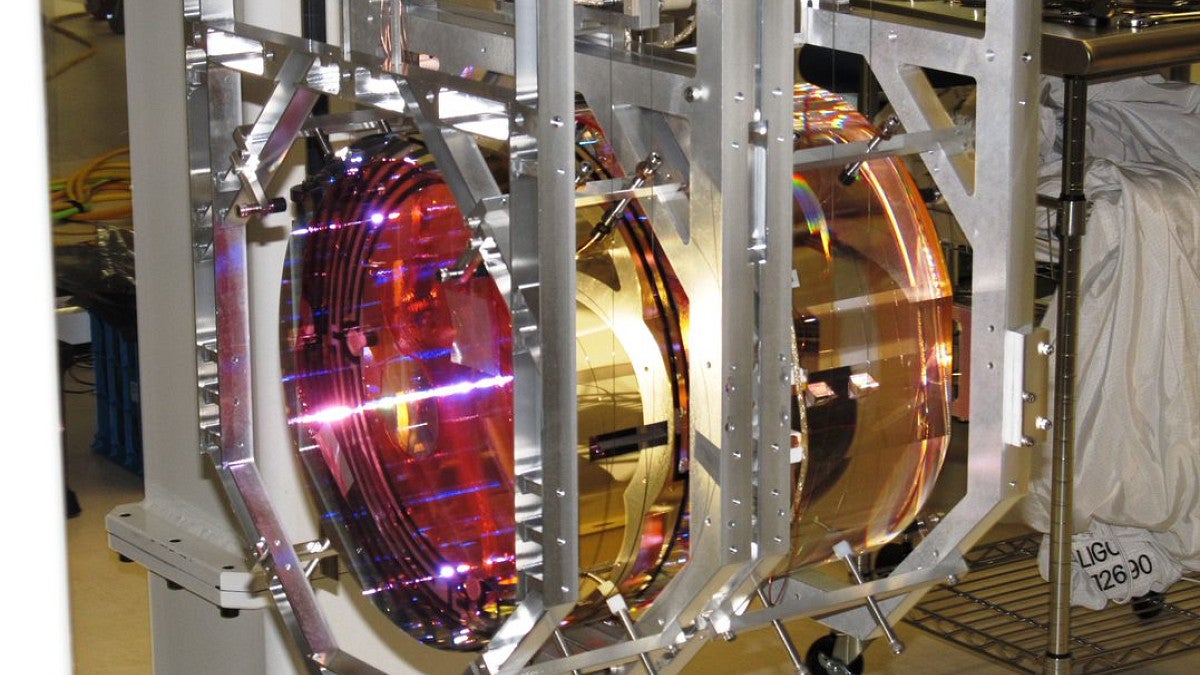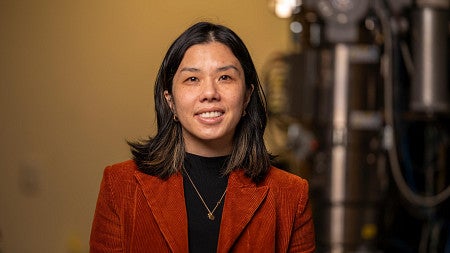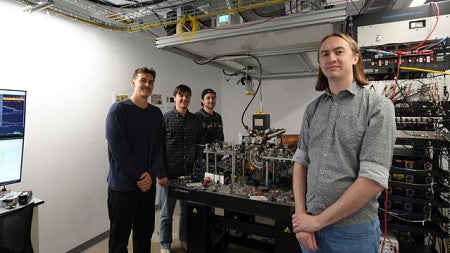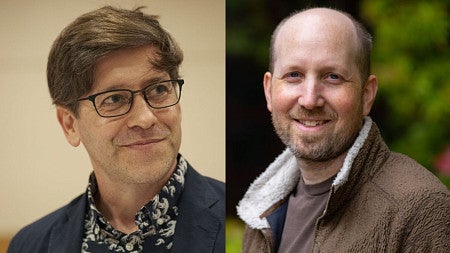The Department of Physics is committed to the process of creating and disseminating new knowledge, and preserving the knowledge created by previous generations of physicists through the principle of combining research and teaching. Our roughly 30 faculty members—including one member of the National Academy of Sciences, a Nobel Prize winner, and 14 Fellows of the American Physical Society—have diverse research interests that range from astrophysics to materials science. The faculty is awarded more than $8 million in external research grants each year.
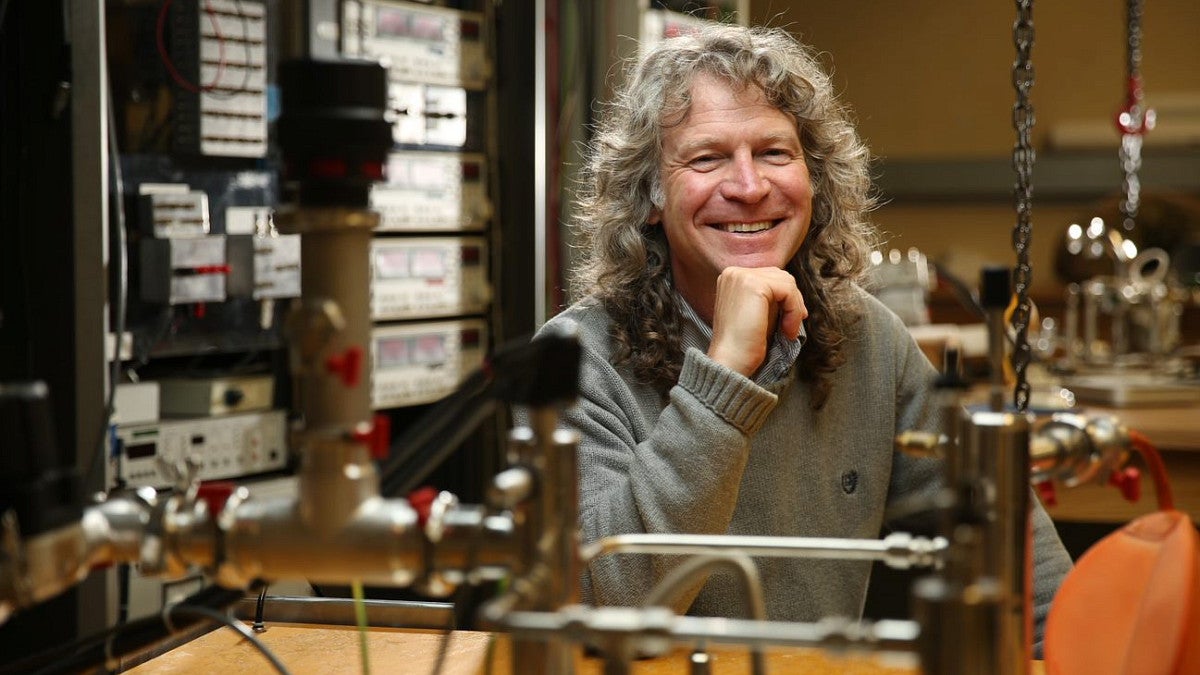
Research Areas
Research in the Department of Physics spans a wide range of subjects, including:
- Astrophysics and astronomy
- Biophysics
- Condensed matter theory
- Geophysics
- Nuclear physics
- Quantum information science
- Statistical mechanics
- Atomic, molecular, and optical physics
- Chemical physics
- Elementary particle physics
- Neuroscience
- Physics education research
- Solid state physics
- Superfluid mechanics
Physics Colloquium
The Department of Physics invites top researchers from around the world to present their discoveries throughout the year as part of our Physics Colloquium series.
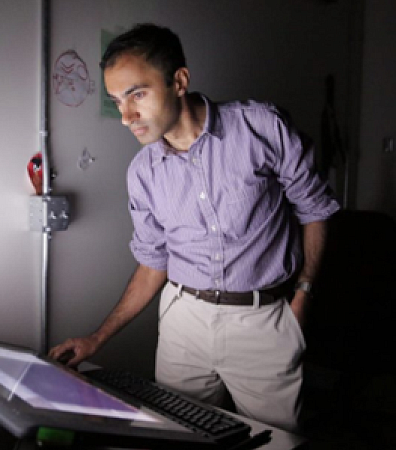
Fostering Innovative Research
“The physics department at the UO harbors genuine curiosity about physics in all its forms. The weekly colloquia at which we gather span topics from dark matter to flowing sand, reflecting a broad interest in the field as a whole rather than narrow niches. This perspective helps foster innovative research, guiding conversations within the department as well as fruitful collaborations beyond it.”
—Raghuveer Parthasarathy, professor of physics
Research Facilities
Designed specifically for the Department of Physics, Willamette Hall offers introductory physics laboratories equipped with microcomputers to aid students in data acquisition and analysis. Significant funding from grants has provided up-to-date equipment for advanced laboratories in laser optics, electronics, and instrumentation. Physics graduate students also routinely work at various external research facilities, including:
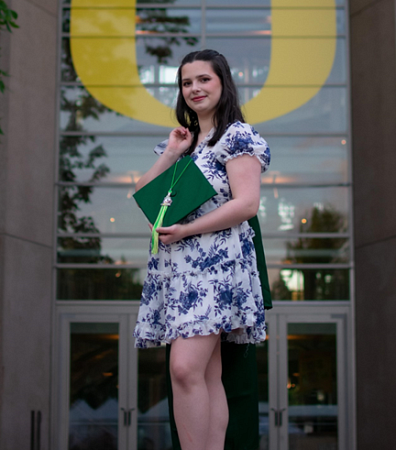
Explore Research Opportunities
“The research opportunities for undergraduates in the Physics department both encouraged me to work harder in my classes and to explore what areas of physics I would want to pursue as a career. The research teams I joined taught me how to effectively communicate, write papers, and conduct research. These skills spilled into my classes, which helped me to better understand questions and how to effectively ask my own questions. These research opportunities I had have enabled me to be an effective scientist within any professional setting.”
—Sara Tosi, physics major, '23


